In which cities travel to be totally compensated by a rainbow of colors? We present the 12 most colorful cities in the world!
Exploring new cities is always a pleasure, but it’s even more exciting when these destinations are colorful. Countries from all over the world, from Chile to South Africa and Cuba, are home to cities that have ignored the convention, to propose something totally new. And the travellers we are can only appreciate!
The white town of Willemstad in Curaçao, for example, is visually very close to the eye. The legend wants the governor to ask for vivid shades on the facades of the houses to soothe his migraines. And the houses that occupy Burano, in Italy, are also the result of a government decree. To paint a house, a request must be submitted to local officials who decide which colors can be used according to a coloring system dating from the 16th century. Other cities in this article have recently been colored, thanks to social art projects or in a film.
Burano, Italy
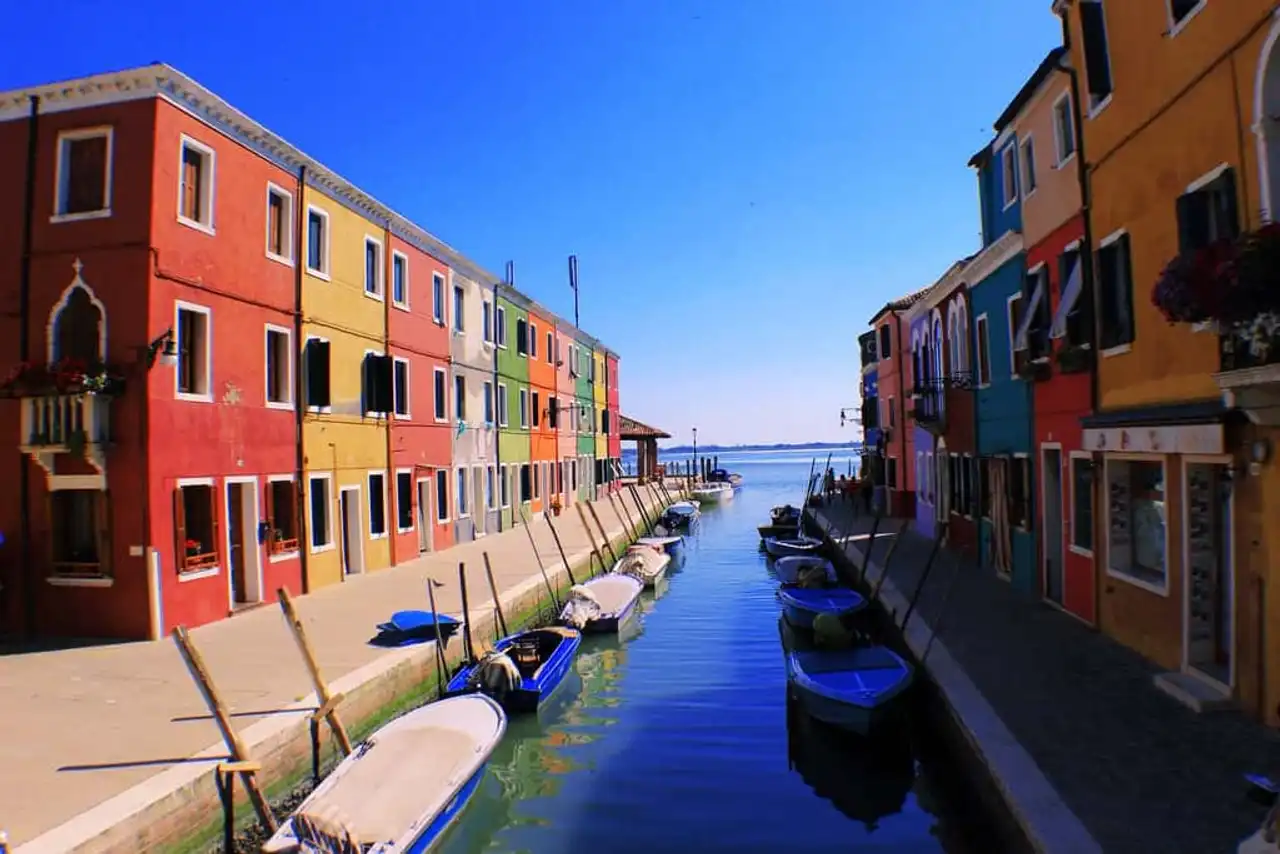
Photo credit: Flickr – Elena Zamprogno
It is easy to spot the Venetian island of Burano From the sea. Houses with cheerful colours play the role of lighthouse in a few ways. According to the traditions of the island, local fishermen began to paint their houses in bright colours (orange, red, yellow and purple) so that they could find them in the fog at the return of the fishing and return home. From now on, this practice has become a law, and if you live on the island and want to paint your home, you have to ask for government permission, which will assign a color to your home. These houses attract travellers from all over the world.
Bo-Kaap, Cape Town, South Africa
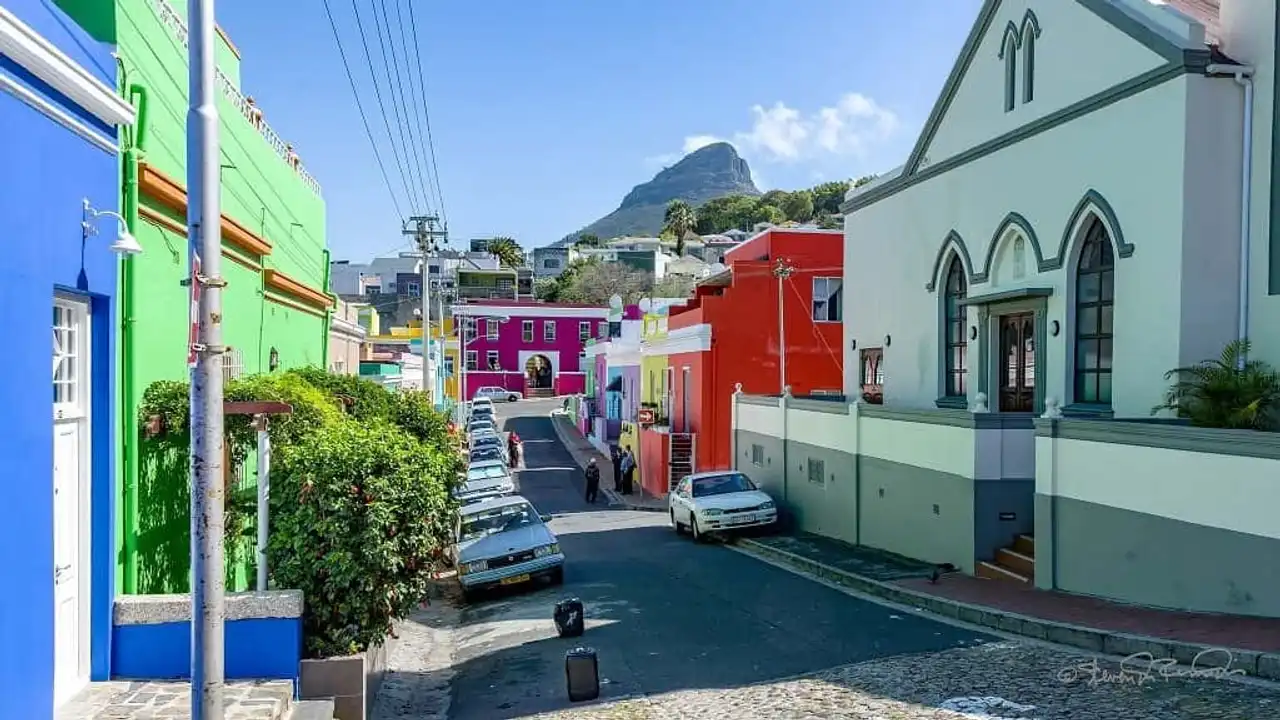
Photo credit: Flickr – Steven dosRemedios
Formerly known as the Malaysian neighborhood (this is where the descendants of the populations from today’s Malaysia, India and Indonesia who were deported by the East India Company to serve as a labour force in the colony from the 18th century), the colourful buildings of Bo-Kaap stand out among the more traditional structures of the colony Cap . Mosques and houses in Bo-Kaap, a historically Muslim neighborhood, are a rainbow dazzling with blue, fuchsia, yellow, and green. While the neighbourhood is one of the oldest in the city (it dates back to the 16th century), residents have recently begun to transform their homes. It is an expression of freedom, a celebration of Ramadan and Aïd, or perhaps a simple desire to express its artistic side...
Willemstad, Curaçao
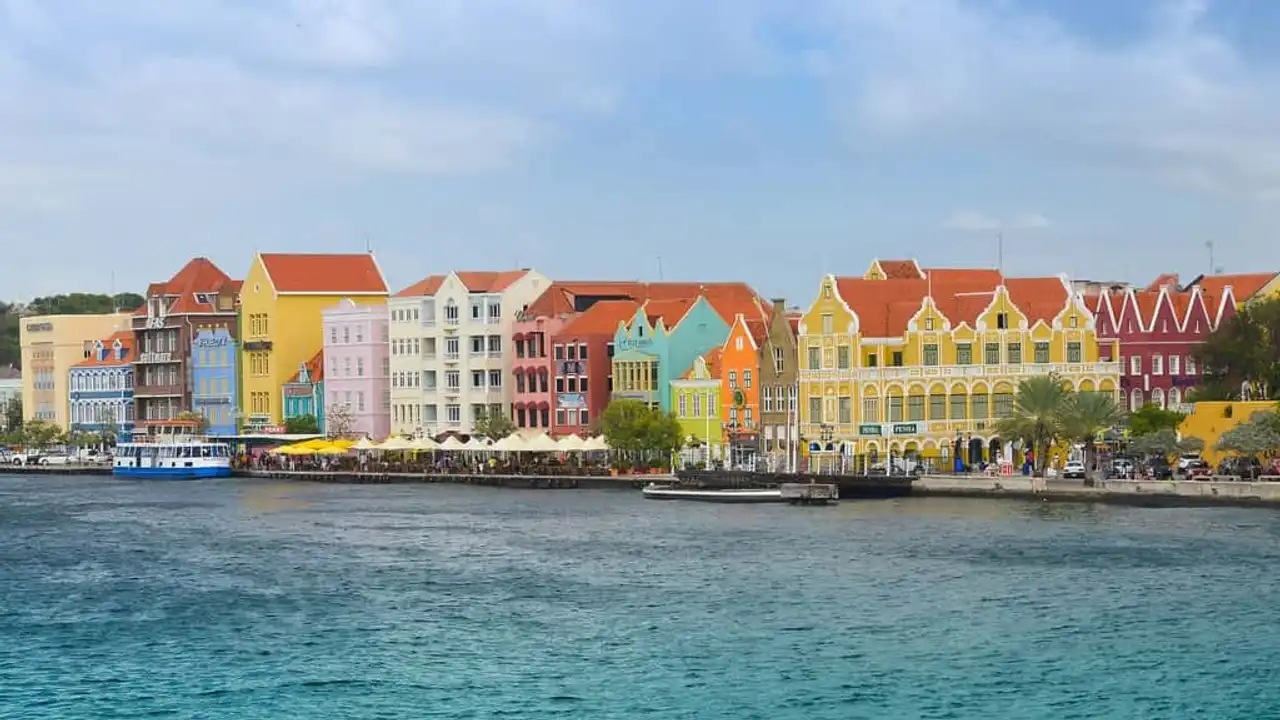
Photo credit: Flickr - Nina
The dazzling colors that adorn the capital of this Caribbean island come from a unlikely source of... headache. According to the local legend, in the 1800s, the governor of the Dutch colony decided that the white colour caused him his migraines. He issued a decree that the buildings should be painted other than in white. Today, this colorful city is an almost perfectly preserved Dutch colonial city, classified as a UNESCO World Heritage Site (and an ideal backdrop for photo travel).
Jodhpur, India
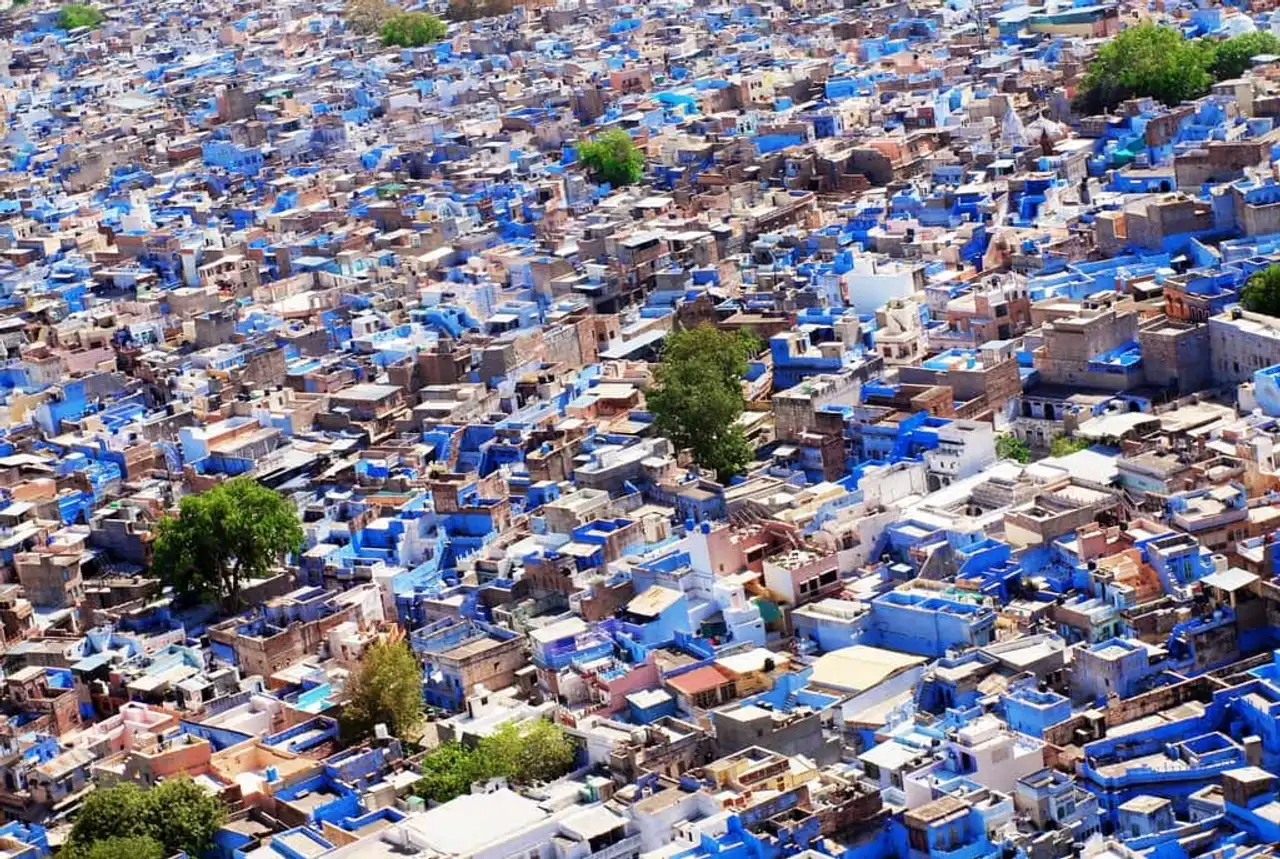
Photo credit: Flickr – Marc Hoffmann
Blue City of India nestled in the western state of Rajasthan, is a colorful reminder of the caste system of India. In the past, the Brahmans, the so-called upper classes, painted their houses in the royal shade of blue to differentiate their properties from those of the lower class. Over time, the other houses simply followed the movement. Many believe that colour is popular today for a number of reasons, including tradition. The chemical composition of the blue paint would be a good defense against termites and mosquitoes, the color keeping the homes cool in this very sunny region. But the bright color is also very beautiful!
La Boca, Buenos Aires, Argentina
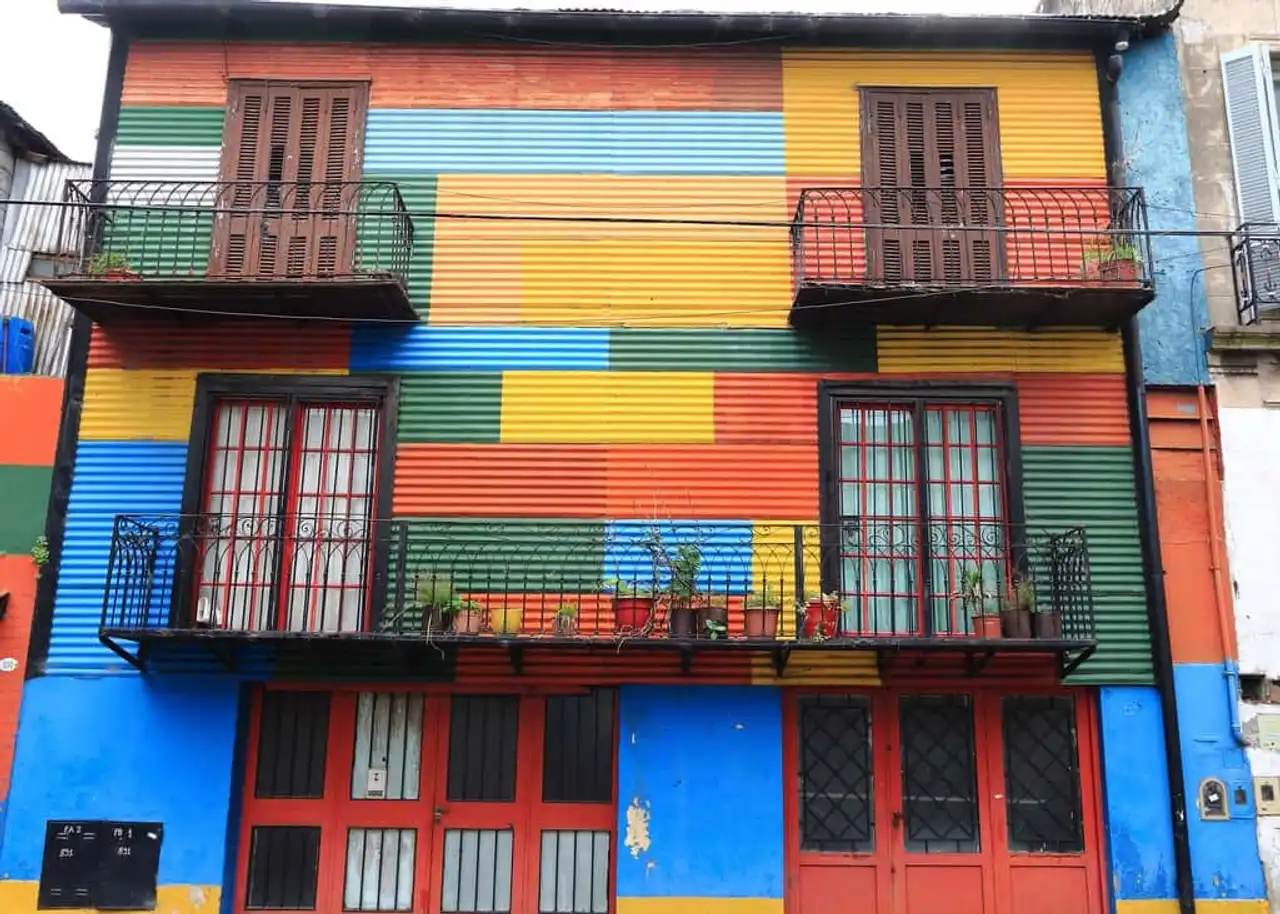
Photo credit: Flickr – strudelt
Caminito, the famous Kaleidoscopic street Buenos Aires , is located on the river Riachuelo. As fanciful as this neighborhood, its facades full of imagination have a very rational explanation: the houses were built from waste from the local shipyard and painted with the remains of paint available. Today, the bright color block illuminates this neighbourhood of the working class and makes it a tourist destination for visitors from all over the world.
Jaipur, India
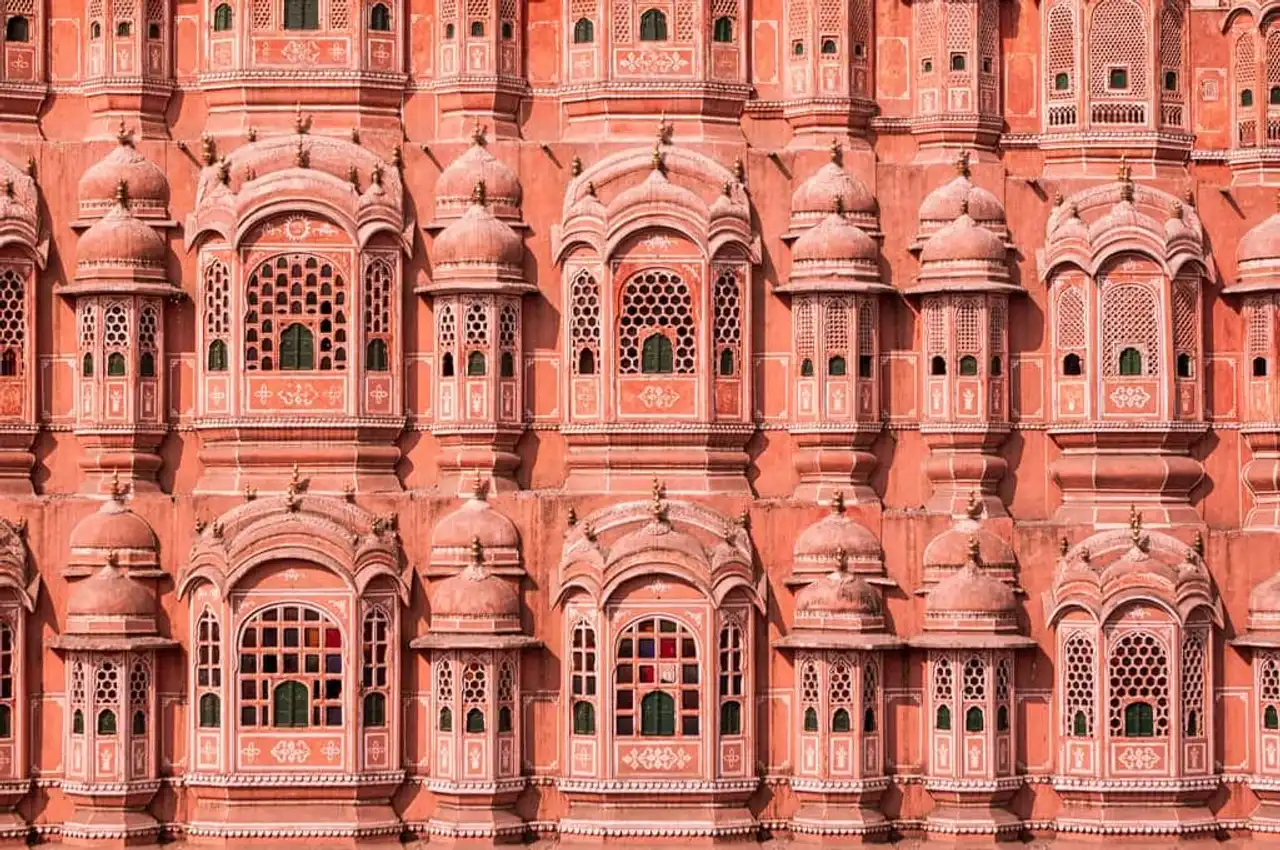
Photo credit: Flickr – Andrea Moroni
Jodhpur is not the only colourful city in the country. There is Udaipur, the white town, Nagpur, the orange city, and Jaipur, the pink city. The capital of Rajasthan took advantage of a layer of pink painting in the 19th century, when India was still a British colony. To honour Prince Albert’s visit, the city was painted with a complexion traditionally associated with hospitality. Since then, a law has been enacted to keep the city pink and welcoming to visitors.
Trinidad, Cuba
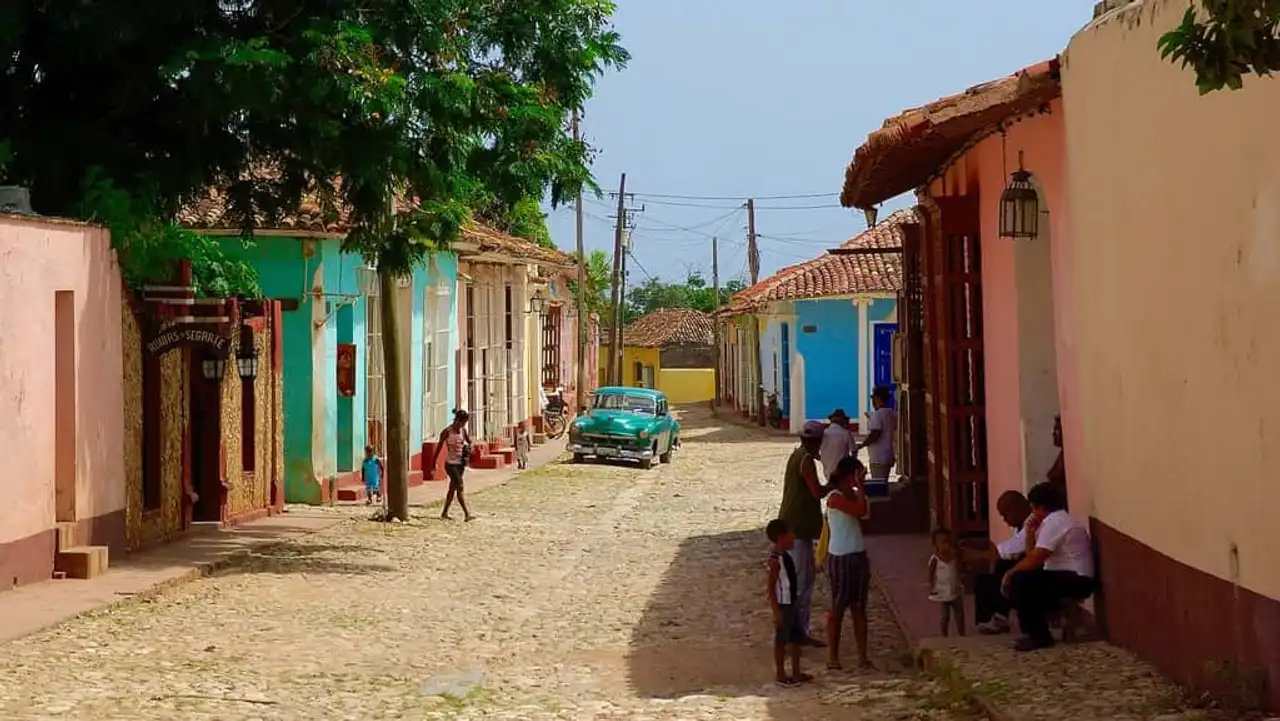
Photo credit: Flickr – Eric Ferrier
Located in the Cuban province of Sancti Spíritus, the buildings of the city of Trinidad, dating from the 16th century, reflect the natural environment: the green of the sugar cane, the blue of the ocean and the yellow of the sun, sometimes all mixed on the facade of the same building. Classified as a UNESCO World Heritage Site, Trinidad was built thanks to money from the slave trade, and the resulting Afro-Cuban culture is represented in the colourful streets. Among the must-see visits to here are the former Convent of San Francisco, the Palacio Brunet and the Palacio Cantero.
Balat, Istanbul, Turkey
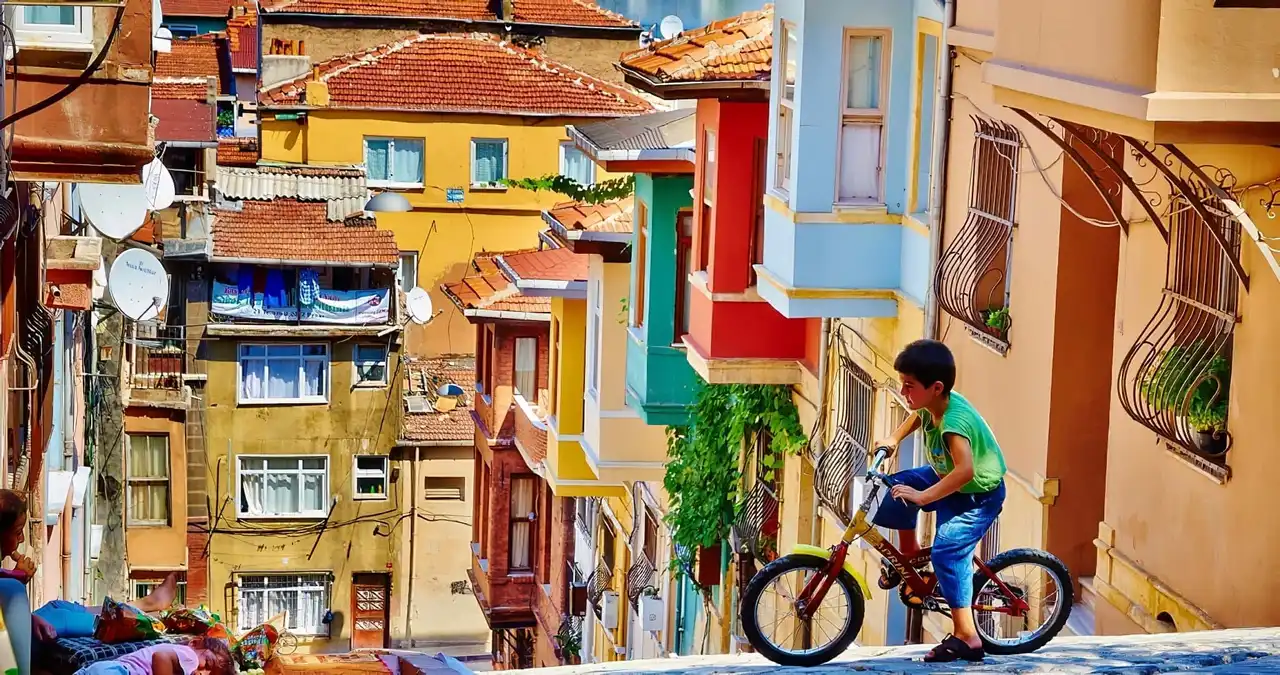
Photo credit: Flickr – Moyan Brenn
Balat, the Jewish quarter Istanbul Since the Byzantine period, is a bigarrated place with red, blue and green buildings stacked on each other. Over time, the neighbourhood has become a destination for tourists sensitive to design and architecture. Everyone rushes to walk in the labyrinthic streets lined with beautifully tinted buildings, and takes advantage of them to make the shops, take a drink in a café and walk in the galleries.
Pelourinho, El Salvador, Brazil
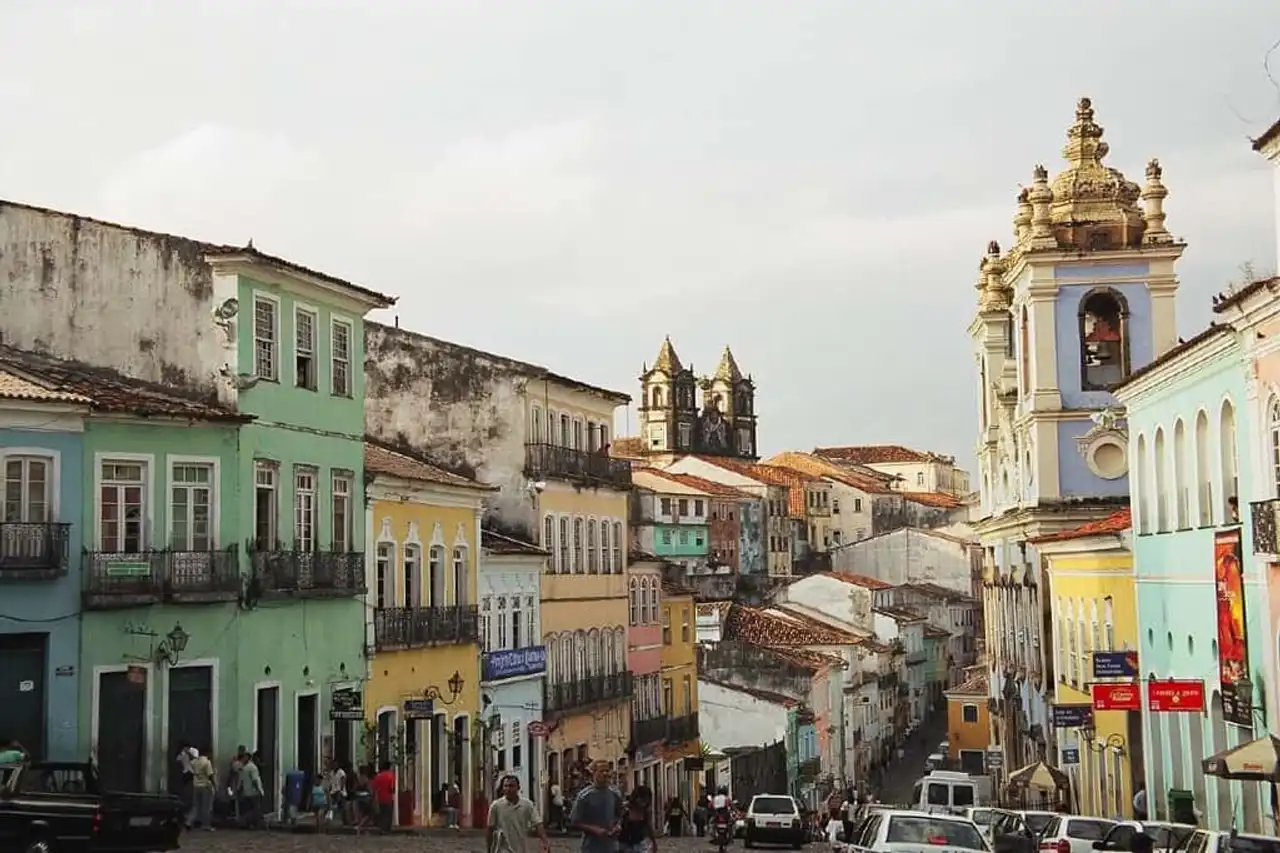
Photo credit: Flickr – Bruno Girin
The Pelourinho de Salvador bears the name of the Portuguese word for "pilori" and housed the first slave market on the continent. When slavery was banned in 1835, the city began to fall into ruins. But in 1985, the Pelourinho was classified as a UNESCO World Heritage Site, and the neighbourhood began its slow reconstruction. Today, the culture of Pelourinho is as vibrant as its facades, and the tourists of Brazil and the distant regions of the world flock to the historic centre to eat, dance, and visit the Museu Afro-Brasileiro.
Júzcar, Spain
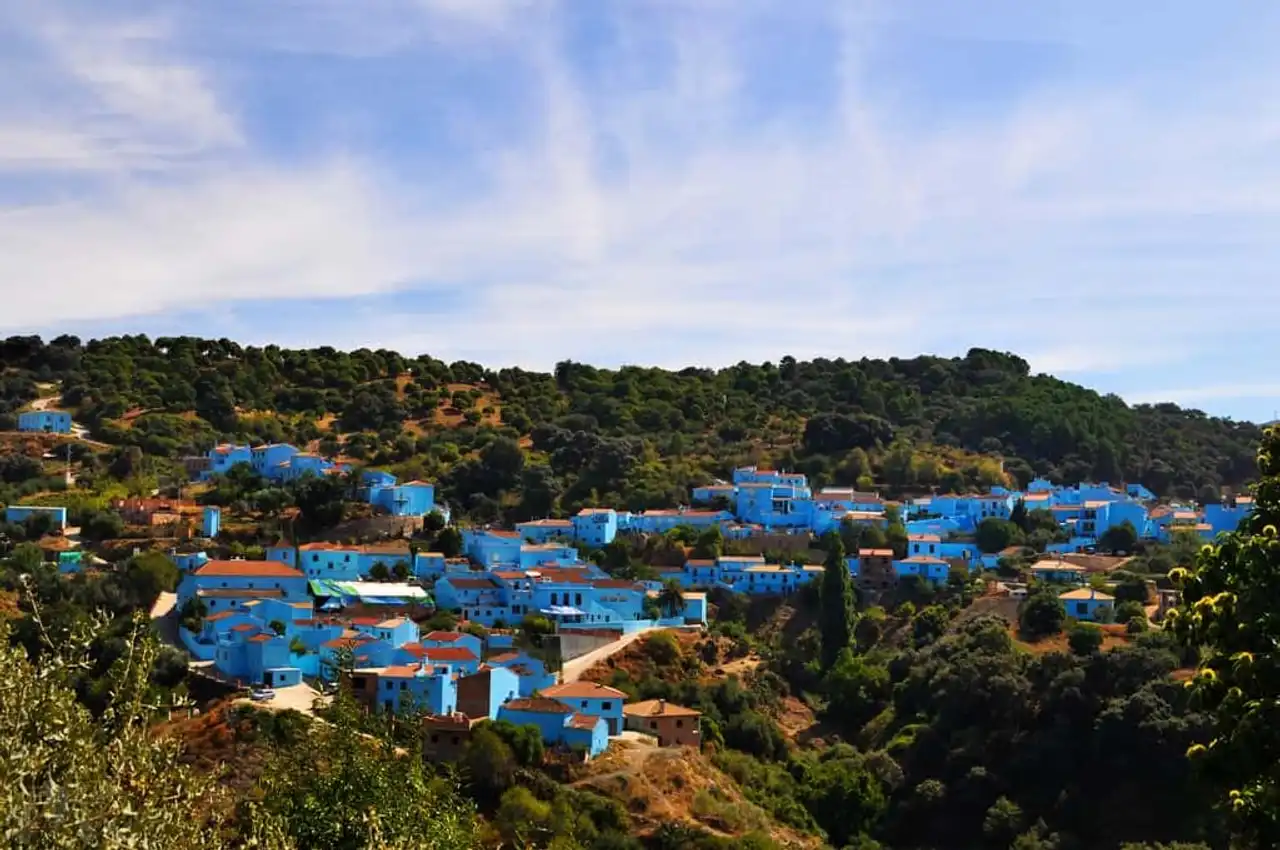
Photo credit: Flickr – Nukamari
While many of the most colorful cities in the world have historical reasons for their varied hues, Júzcar has a much more modern explanation: Hollywood. In 2011, Sony Pictures asked this Andalusian enclave if they could paint in blue the city for the needs of the 3D animation film The Schtroumpfs . When the film was released in the hall, Sony proposed to restore the village so that it would become an iconic one. pueblo blanco . The inhabitants of Júzcar, however, used to tourists (and their euros) and voted to keep the city blue. Júzcar now has the peculiarity of being the only village of Schtroumpfs in the world and the village regularly hosts visits and events around this theme.
Valparaíso, Chile
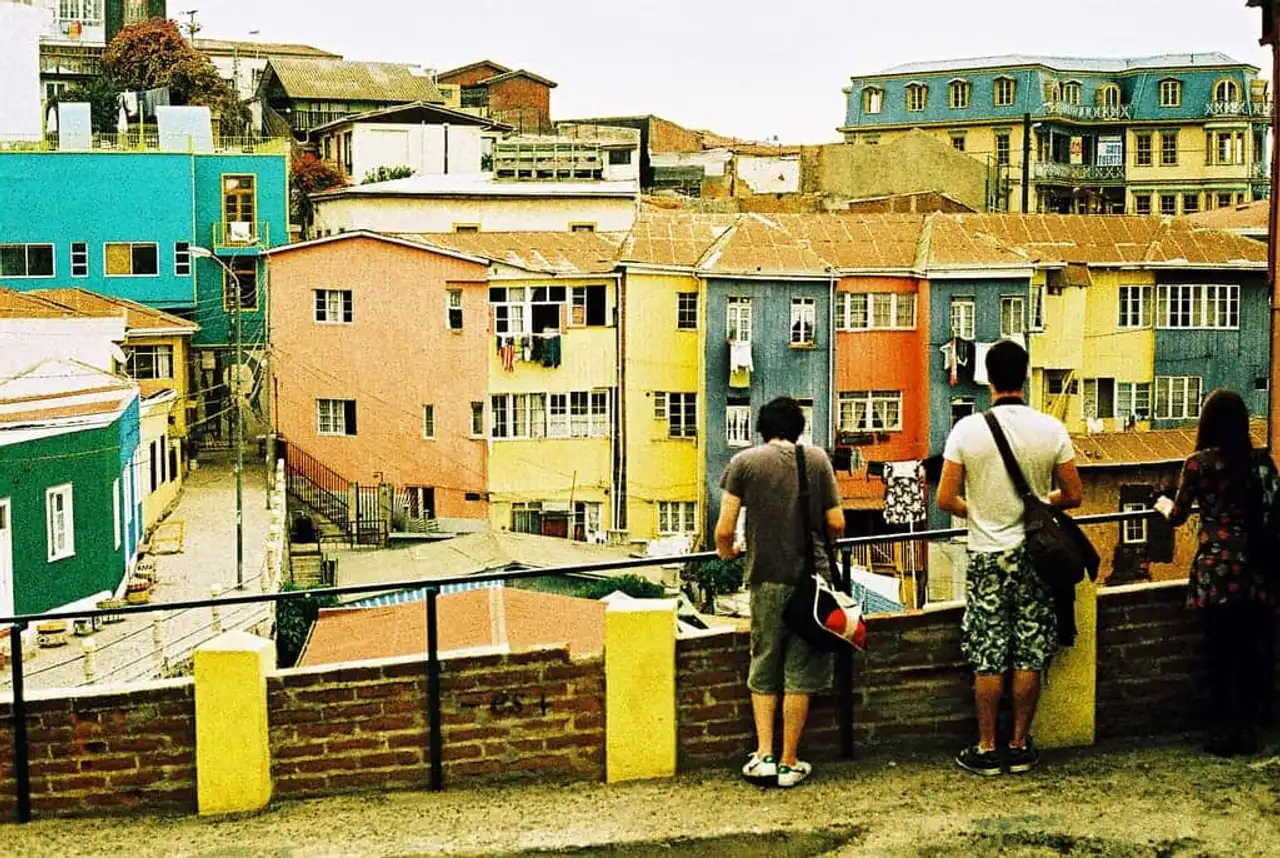
Photo credit: Flickr – kyle anthony
Even the Chilean poet Pablo Neruda was unable to defend the charms of the city where he once lived. The historic port centre of the city is now recognized by UNESCO as a world heritage site and behind the vibrant and sometimes messy facades, there are clubs, restaurants and shops of all kinds. Street artists, in their own style, quickly turn the streets (and even the funicular) into outdoor galleries.
Pachuca, Mexico
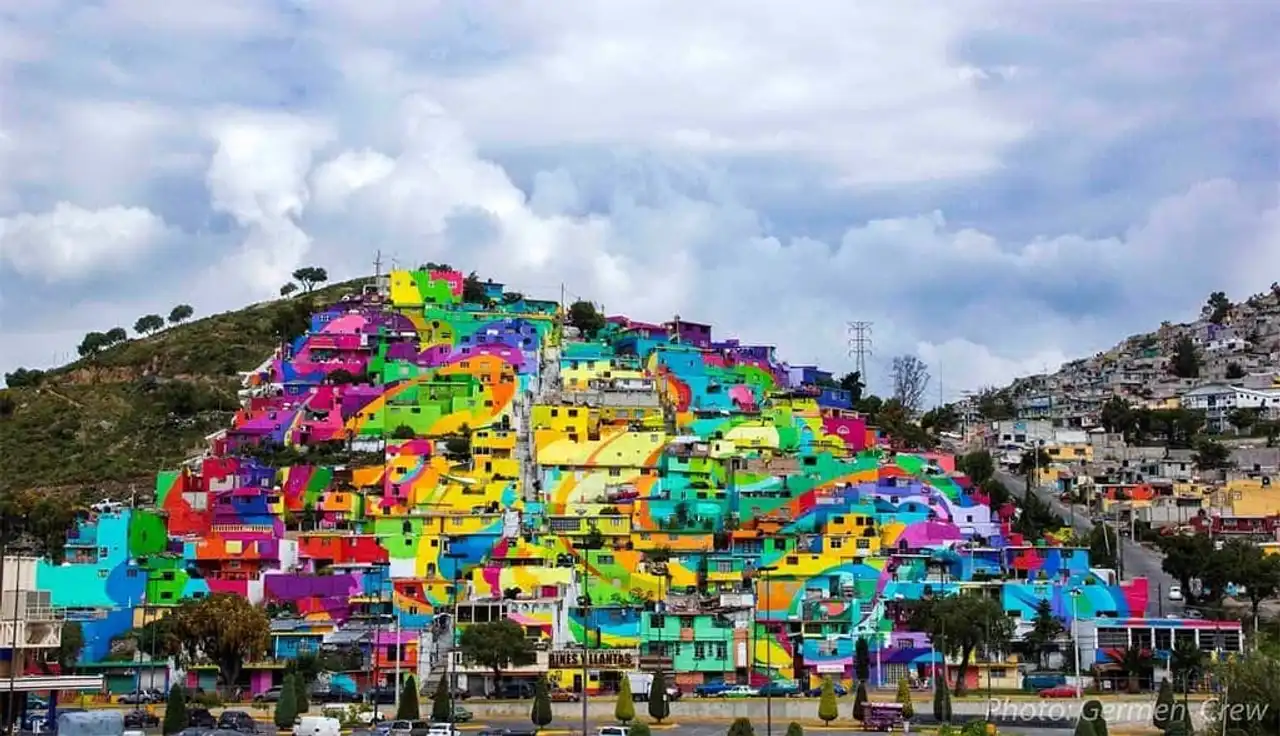
Photo credit: Germen Crew
In the district of Palmitas, in Pachuca, Mexico, a huge fresco, covering 20,000 m2 of surface on 209 houses and their facades, saw the day in 2015 . Not only does it mislead the favela built on this hill, but the project has eradicated violence among young people and created several jobs. Overall, it took five months to realize the fresco.




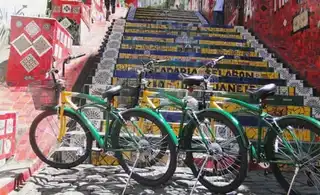

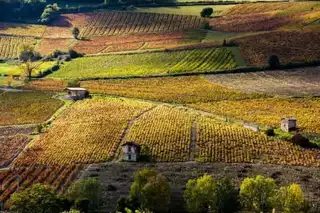
Loading comments ...